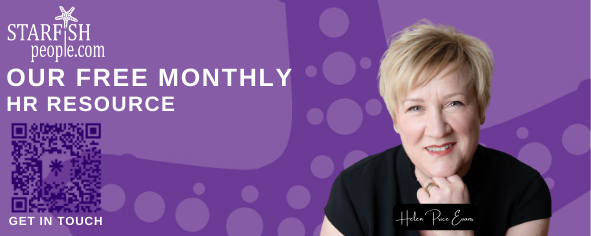In the often-overlooked realms of construction, engineering, agriculture, and manufacturing, the discourse surrounding diversity and inclusion is not as pronounced as it should be. Nevertheless, the importance of these principles remains steadfast. In this blog post, we delve into the distinctions between diversity and inclusion and shed light on what business leaders in these industries need to be aware of.
Understanding Diversity and Inclusion:
Diversity encompasses the unique characteristics, experiences, and differences that distinguish one individual from another. Protected characteristics, as defined by the Equality Act 2010, include age, disability, gender reassignment, marriage and civil partnership, pregnancy and maternity, race, religion or belief, sex, and sexual orientation. On the other hand, inclusion revolves around fostering an environment where individuals, regardless of their visible or concealed differences, feel welcome and valued.
Key Considerations for Business Leaders:
-
Legal and Ethical Requirements: As a business leader, adherence to the Equality Act 2010 is paramount. This involves eliminating discrimination, harassment, and victimization, promoting equality of opportunity, and fostering positive relations between diverse groups. Non-compliance not only poses legal risks but also reflects on the ethical stance of the company.
-
Cultural Awareness: Given the diverse backgrounds of employees in these industries, cultivating cultural awareness is essential. A company culture that embraces and accepts various cultural perspectives promotes teamwork, prevents misunderstandings, and fosters a harmonious workplace. By integrating cultural awareness into your company’s ethos, you send a clear message that discrimination is not tolerated.
-
Safety: In inherently hazardous working environments, safety is paramount. Ensuring that every individual comprehends safety protocols and procedures is crucial. Recognising the potential language barriers among your workforce, providing safety training in employees’ preferred languages can be a proactive step toward enhancing understanding and compliance.
Diversity and inclusion transcend being mere niceties; they form the bedrock upon which a brighter, safer, and more prosperous future can be built. As a business leader in these industries, embracing and prioritising diversity and inclusion not only ensures legal compliance but also contributes to a positive company culture. Remember, your commitment to diversity and inclusion speaks volumes and shapes the trajectory of your organisation. If you find yourself needing guidance in this journey, don’t hesitate to reach out—we’re here to help you build a workplace that thrives on diversity and inclusion.

Looking for HR advice or a second opinion?
Use the link below or scan the QR code to get in touch, book a FREE 30-minute consultation with Helen our HR Guru, and more!
https://linktr.ee/starfishpeoplehr

#DiversityandInclusion #EqualityAct #CulturalAwareness #WorkplaceSafety #PositiveCompanyCulture


